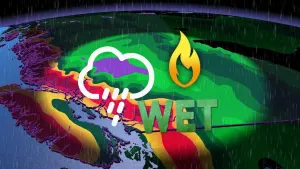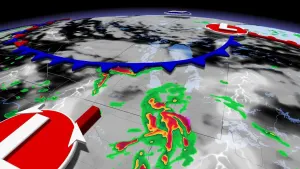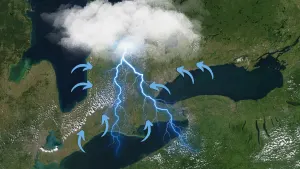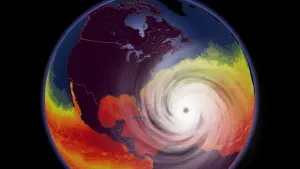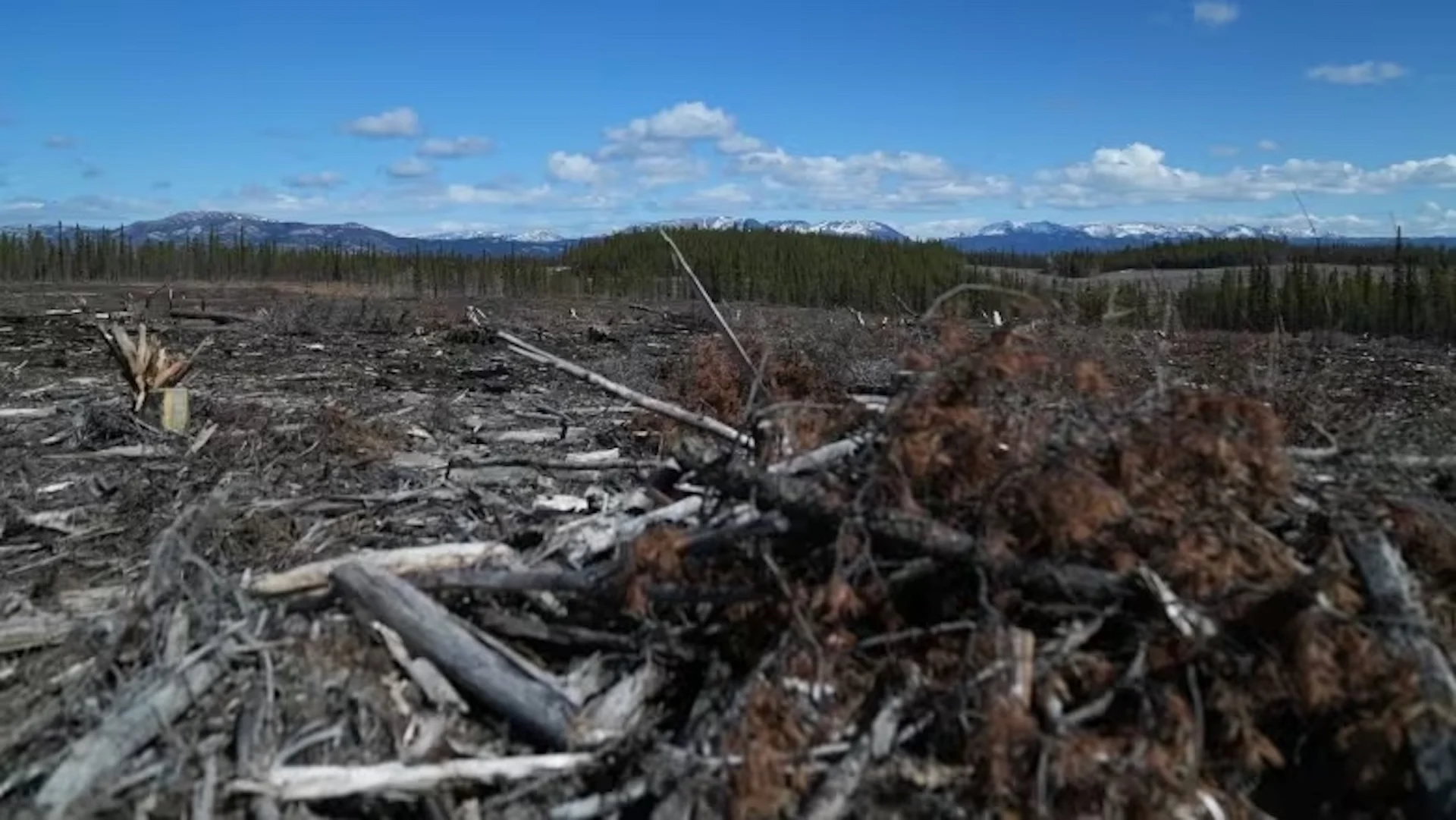
Fire-proofing an entire city: How Yukon is working to protect its capital
When the temperature reaches above 25 C and there's no rain in sight, Sandy Johnston often scans the horizon from his backyard, looking for any sign of smoke.
"If there's a strong south wind blowing," he said, looking toward dense stands of pine and spruce trees, "I'm a little bit nervous."
CANADA'S WILDFIRES: Visit The Weather Network's wildfire hub to keep up with the latest on the active start to wildfire season across Canada.
Johnston lives in the Mary Lake subdivision, nestled in boreal forest on the southern edge of Whitehorse. He knows his rural property is vulnerable to any wildfires that might approach the city from the south.
But just beyond his backyard, the landscape is being altered — to help protect him, and the Yukon capital.
Since 2020, the Yukon government has been building a massive, permanent fuel break, among the first in Canada.
It's one tool intended to slow any encroaching wildfire, by removing fuel like trees and shrubs from the landscape or replacing them with slower-burning deciduous species. It could also gives wildfire firefighters a safe space to work and defend Whitehorse.
The "Whitehorse South fuel break" is located in the most vulnerable area along the southwestern edge of the city. So far, nearly 400 hectares have been cleared. Once finished in 2032, the fuel break will span 20 kilometres.
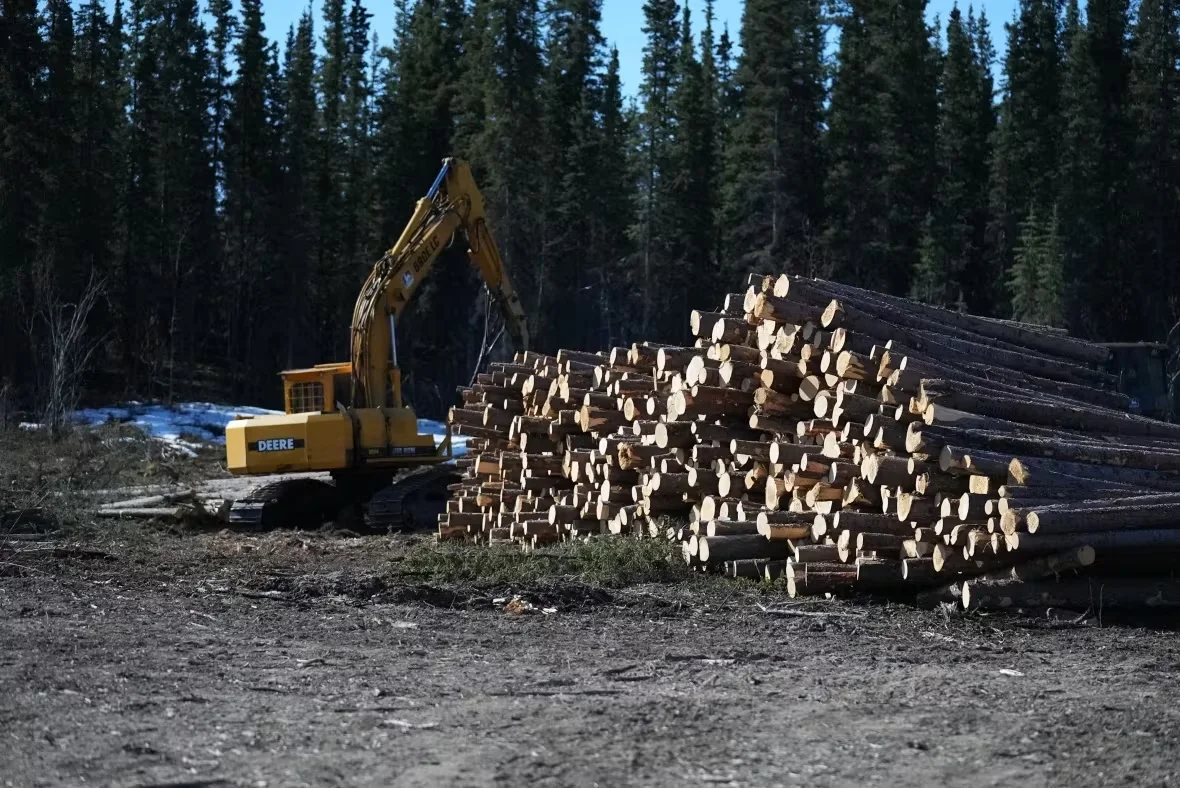
Building the firebreak means removing forest fuels like trees and shrubs. (Kate Kyle/CBC)
"It's something that we're kind of grateful to see being developed," said Johnston, who lives less than two kilometres away.
A 2020 report commissioned by the City of Whitehorse found the risk of a wildfire emergency like the one seen in Fort McMurray, Alta., in 2016 was "both real and likely" in Whitehorse, under the right conditions.
The report suggested people in Whitehorse have two options, short of moving away: do nothing and accept the risk, or work to remove fuel like spruce and pine trees.
Planning for the fuel break had actually started years earlier, in 2006. The Yukon government says it's since expanded in scope.
Part of the fuel break follows an old mining road through boreal forest dense with mature spruce and pine. There hasn't been a major wildfire in this part of the Carcross Valley in more than 100 years.
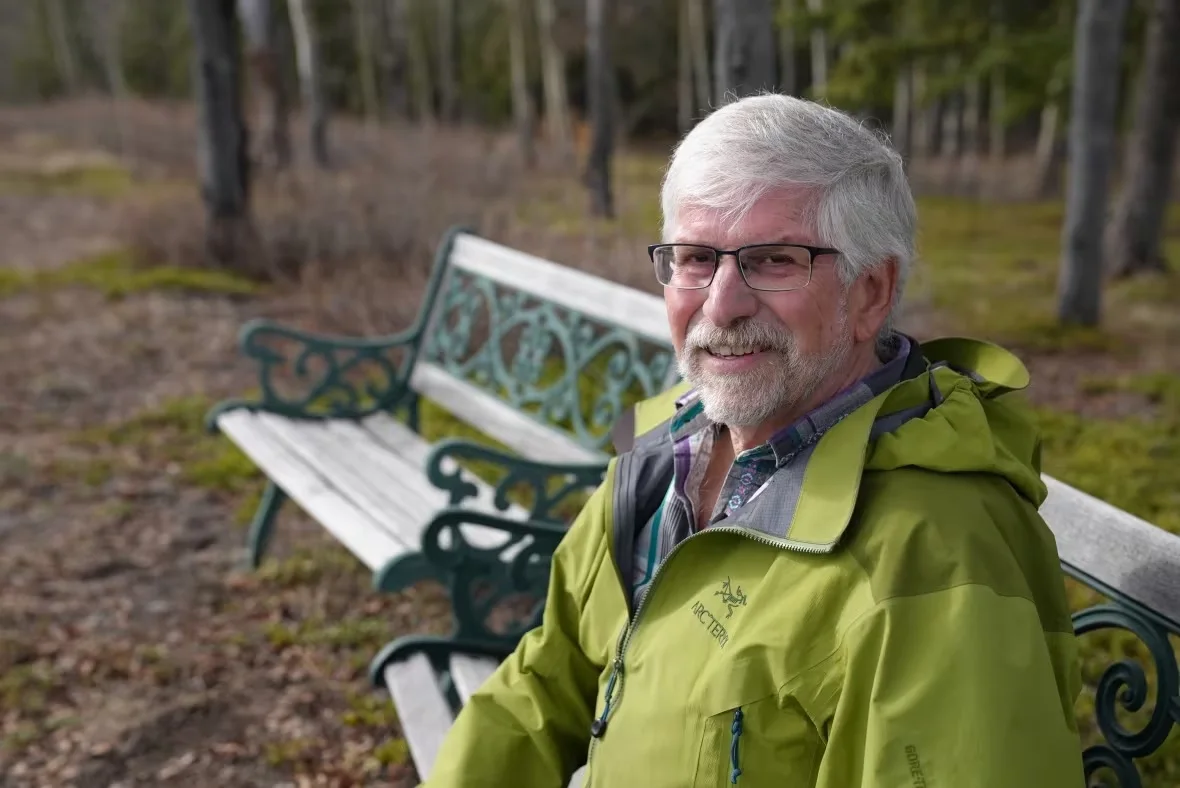
Sandy Johnston, who lives at the southern end of Whitehorse said he gets a 'little bit nervous' on days when the weather is hot and dry. (Kate Kyle/CBC)
When finished, it will stretch from the McLean Lake quarry, along the Copper Haul road, and end near the Carcross cutoff. It's projected to cost approximately $11 million.
"Basically what we are doing is making these changes to our landscape because we are seeing the threats to our changing climate so profoundly here in the North," said Richard Mostyn, Yukon's minister of community services.
"I call this living infrastructure" said Mostyn. "We haven't sent a number of people with chainsaws into the woods without any thought. So this is planned over several years," he said.

The fuel break will stretch from the McLean Lake quarry, along the Copper Haul road, and end near the Carcross cutoff. (Government of Yukon)
Driving through the fuel break, the open area widens where conifer trees have been cleared. The width of the break ranges from a few hundred metres to two kilometres in the widest section.
Some areas of the fuel break are thinned out, others are totally cleared. At least three-quarters of the cleared areas will be replanted with hundreds of thousands of aspen seedlings, a slower-burning species.
"It's a big change for sure, but I would argue it's necessary," said Luc Bibeau, manager of the prevention and mitigation unit at Yukon Wildland Fire Management.
The fuel break's location is strategic, based on the prevailing winds toward Whitehorse.
"Most of the time the wind comes out of the south, out of the Carcross valley and the Marsh Lake area in the summertime — it's like 80 per cent of the time," Bibeau said.
The stands of densely-spaced spruce trees are a particular concern. Their tiny needles are packed with resin and can become volatile with fire, he said.
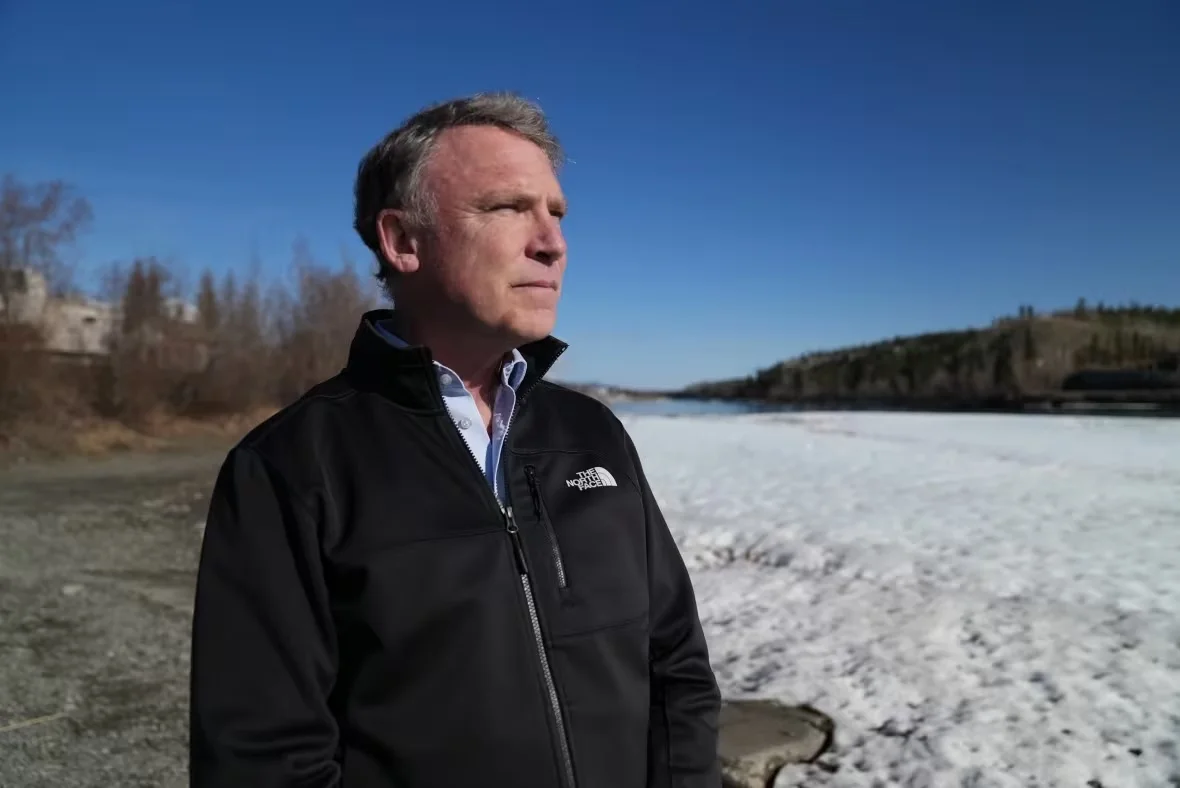
'I call this living infrastructure,' said Yukon's Community Services Minister Richard Mostyn. (Kate Kyle/CBC)
"They're kind of our worst enemy in some ways," he explains.
Walking through the forest, Bibeau points to spruce branches that start close to the base of a trunk and act like a ladder if they catch fire.
"[Flames] climb the ladder fuels and they go all the way up the tree. They torch off in those really aggressive kind of pretty scary-looking crown fires," said Bibeau.
"We're never going to eliminate risk, but there's a lot of things we can do to set ourselves up better for the future and try to really think about this strategically."
'We all live in fear of fire to some extent'
The fuel break, however, isn't expected to be the only way to protect the city.
At his Mary Lake property, Sandy Johnston has rigged up a vacuum with a long hose to suck leaves from his branches, removing some potential fuel.
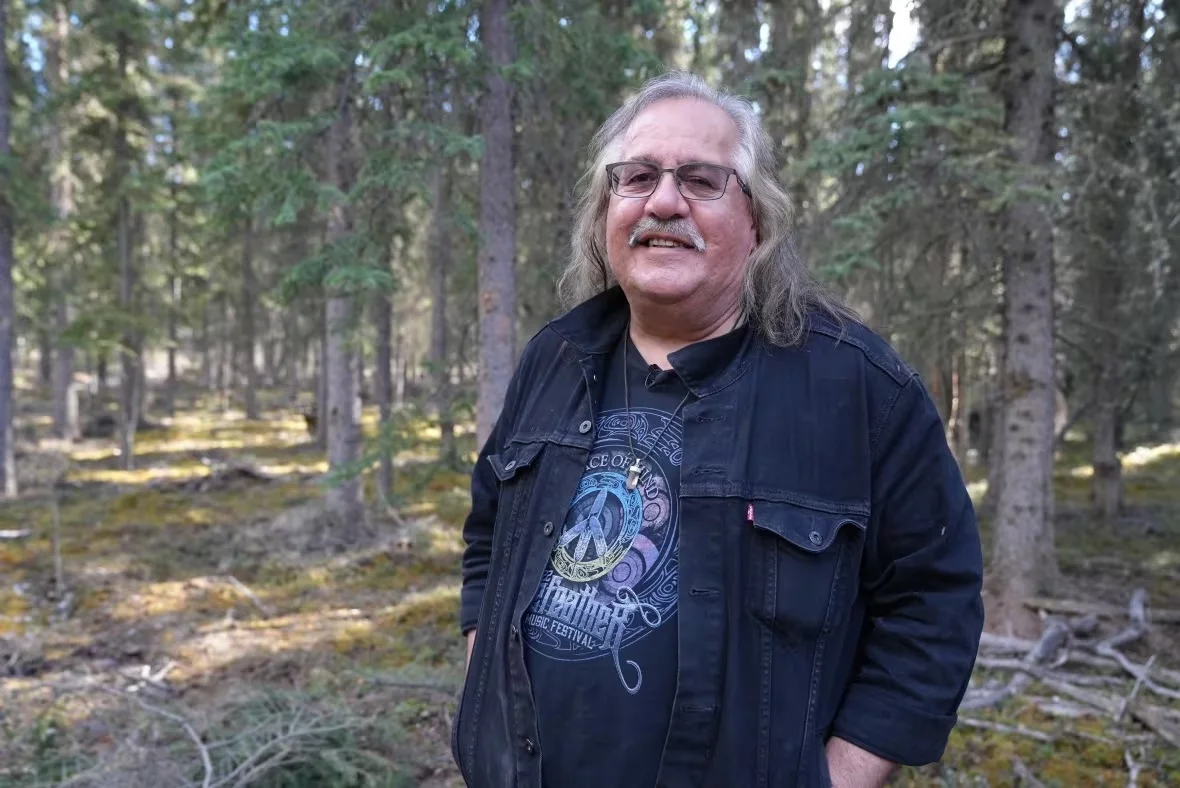
The fuel break is a big change to the landscape, says Luc Bibeau of Yukon Wildland Fire Management. 'But I would argue it's necessary.' (Kate Kyle/CBC)
He's grateful for the fuel break, but also worries it may give Whitehorse a false sense of security.
"The biggest threat to the community will be from an ember shower," he said, recalling how embers blowing across B.C.'s Okanagan Lake last year started more fires there.
Johnston's neighbour Janne Hicklin is putting up new metal siding to protect her home.
"We all live in fear of fire to some extent," said Hicklin.
Still, she admits wasn't thrilled about the fuel break at first.
"I think myself and probably a lot of people had that 'not-in-my-backyard' feeling. I think that we have become resigned to it, based on an increasing knowledge of some of those risks."
Gary Bailie, a citizen of the Kwanlin Dün First Nation in Whitehorse, says his First Nation was involved in the planning process to build the fuel break on its traditional territory. He said he understands how people "hate to see that kind of clear-cutting," but it's about finding balance.
"If a fire came through and wiped everything out, then not only is the forest gone but so are the animals and so are the berries. And so are all the plants, things that sustain us are gone too, right? There's a lot at stake," he said.
WATCH: What it's like to work in one of Canada's fire towers
David Loeks, a Whitehorse resident who has a Masters degree in forestry science and co-authored the 2020 report for the city about wildfire vulnerability, believes it is possible to create a fire-proof city. But he says it takes commitment from all residents.
"If you don't handle the properties, you might as well not do anything at all," said Loeks. He says 90 per cent of ignitions in a community are from a wildfire's embers, and not the fire itself.
He says FireSmarting — removing or thinning forest fuels — is the best defence. He compares it to vaccinating a population, where you need to reach a "critical mass."
"If you don't get to that critical mass, then you know the vaccinations are pointless. That's true with FireSmart work on properties," he said.
He feels Whitehorse is "nowhere near the buy-in that we should have" — but says there's still time.
"I'm applauding the work that's being done in the forest, because it's good work — and together with the private property work, you would end up with a fire-safe Whitehorse."
Thumbnail courtesy of Kate Kyle/CBC.
The story was originally written by Kate Kyle, Juanita Taylor and published for CBC News.






